Overview
The Summer Village of Ghost Lake received $71,000 to complete a climate risk assessment and climate adaptation plan. The project was funded through the Climate Resilience and Capacity Building Program by the Government of Alberta.
Morrison Hershfield Ltd. was retained to develop a climate resilience and adaptation plan using an approach based on the Climate Resilience Express Planning Guide (All One Sky, 2021), the Climate Lens General Guidance (Infrastructure Canada, 2019), and the PIEVC High Level Screening Guide (PIEVC, 2021).
Approach
The Summer Village of Ghost Lake (SVGL) is a small community in the Bow River watershed, sited just north of Ghost Lake, a reservoir created on Stoney Nakoda land for TransAlta power generation. As a community that holds self-sufficiency and citizen action as core values, the Climate Resilience and Adaptation Plan was developed to equip staff and residents with an understanding of local climate risks and the ability integrate that understanding into action and decision making.
Recognizing the constraints of a small, rural municipality, the plan strikes a balance between government-led and community-level approaches. Many of these actions also integrate with the Municipal Development Plan (2020) and the Sustainability Plan (2012).
The project’s success relied on flexibility and open lines of communication within the project team. Community involvement, including a session where participants gave input and prioritised the proposed adaptation and resilience actions, ensured the project was impactful and reflected community values.
“The climate resilience and adaptation plan funded by the Municipal Climate Change Action centre was a great success for the community. It helped us better understand the impacts of climate change to our community and where our weaknesses lie. While conducting this plan, community engagement was key and our residents enjoyed the engagement process. Now that we know where our weaknesses lie, we can proceed with planning and mitigating the impacts of climate change to our community.”
Mustafa Hashimi, Chief Administrative Officer, Summer Village of Ghost Lake
Results
Through a climate risk assessment, the project team identified 17 extreme risks including extreme heat, severe storms, and wildfire. Based on these risks, the Plan identified 20 key priority actions SVGL could implement to increase the community’s resilience in the face of a changing climate. The actions are structured around four community pillars:
- Municipal Services & Buildings
- Homes & People
- Parks, Greenspace; & Recreation
- Water
Actions outlined in the Plan are designed to lead to multiple benefits both directly and indirectly related to climate change. The plan emphasizes those actions where implementation is affordable and achievable with limited resources.
Benefits
Climate adaptation planning directly benefited SVGL by building the community’s capacity to remain self-sufficient and community-oriented, even in the face of climate uncertainty.
To effectively plan for climate adaptation and resilience, a municipality must understand the climate hazards it faces and what elements of the community are most at risk. The Plan points to the intended benefits in its vision statement: “The Summer Village of Ghost Lake will build capacity within its means wherever possible, to ensure that our community and its residents remain safe, resilient, responsive, and self-sufficient, in the face of a changing climate for generations to come.”
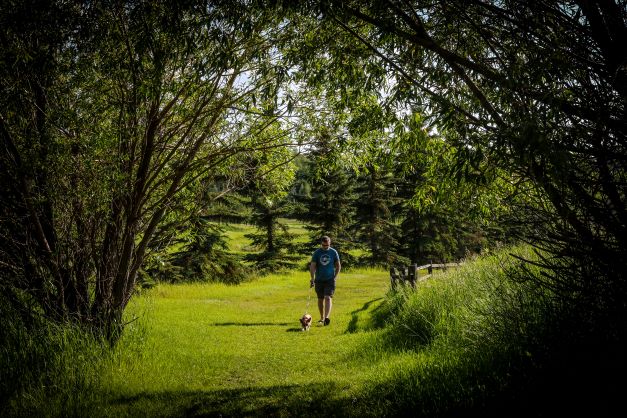
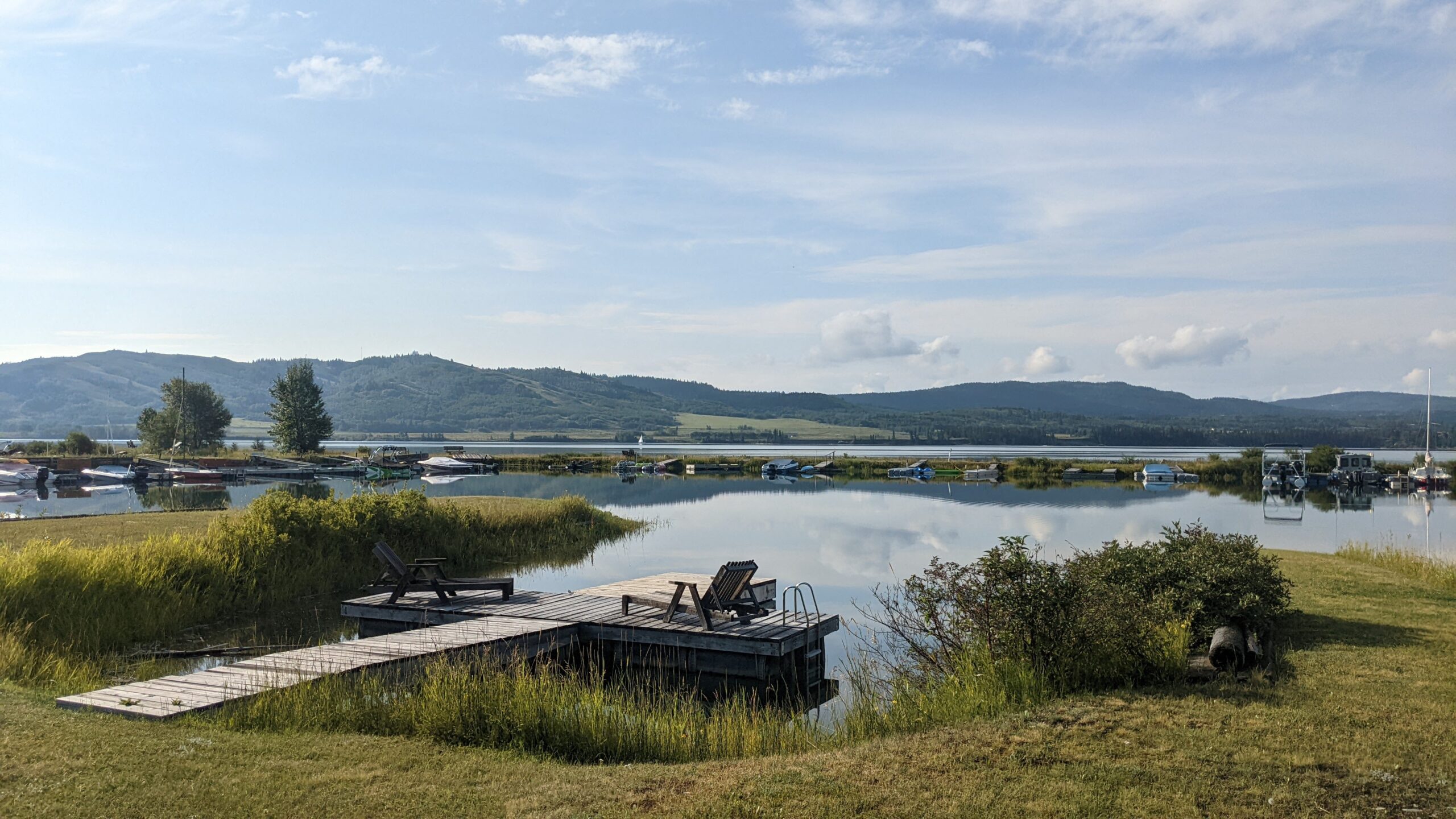
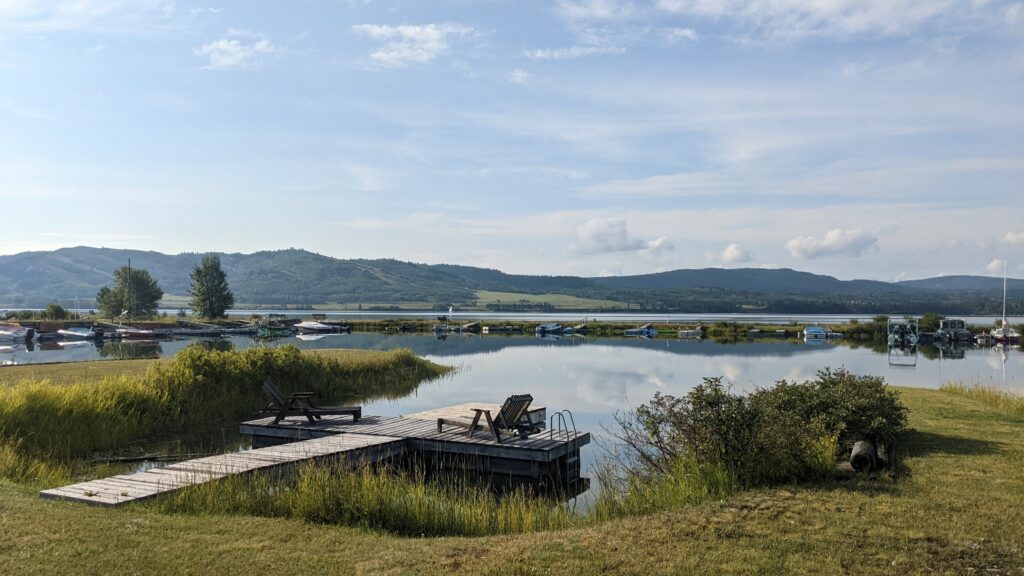
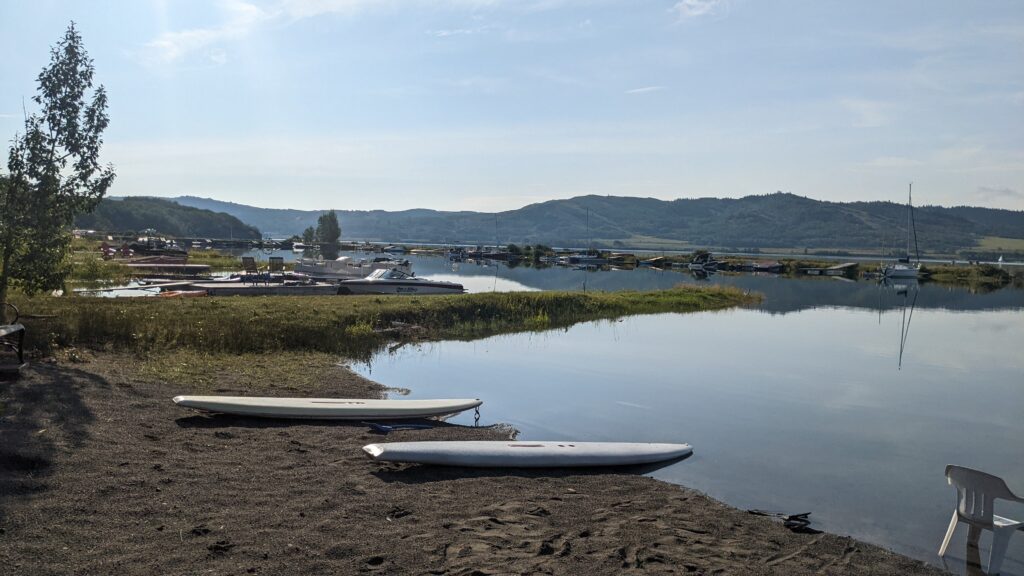
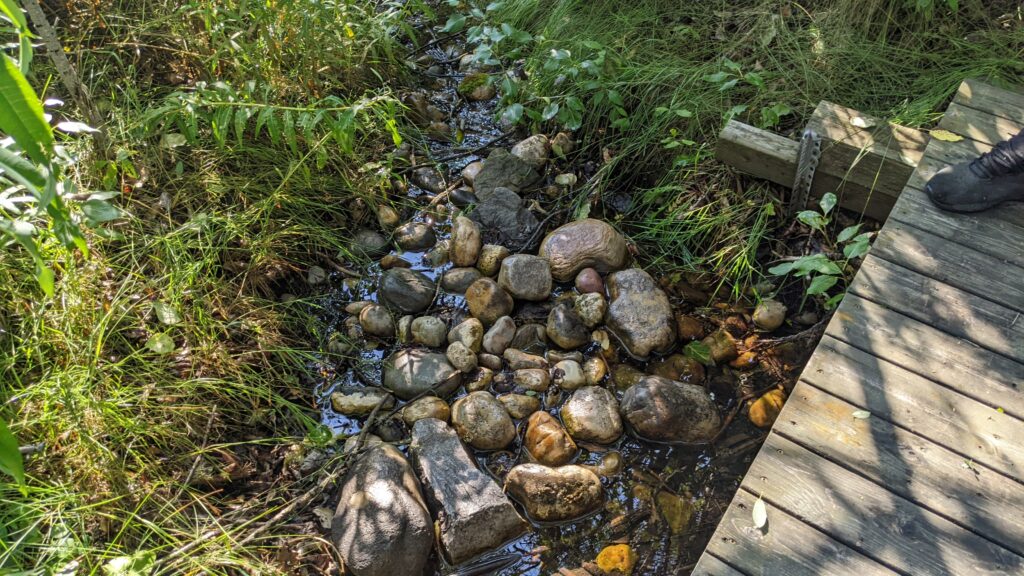
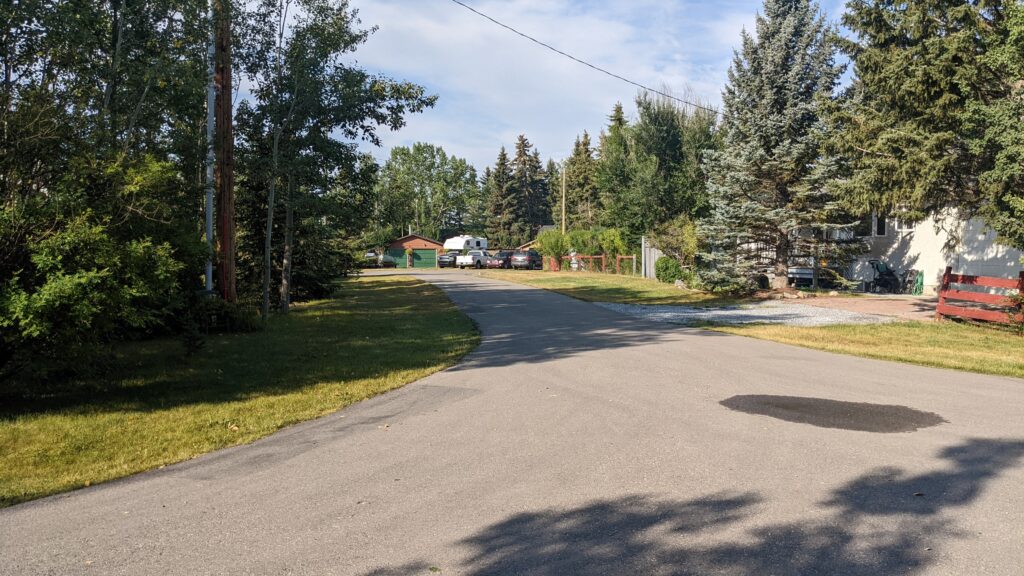

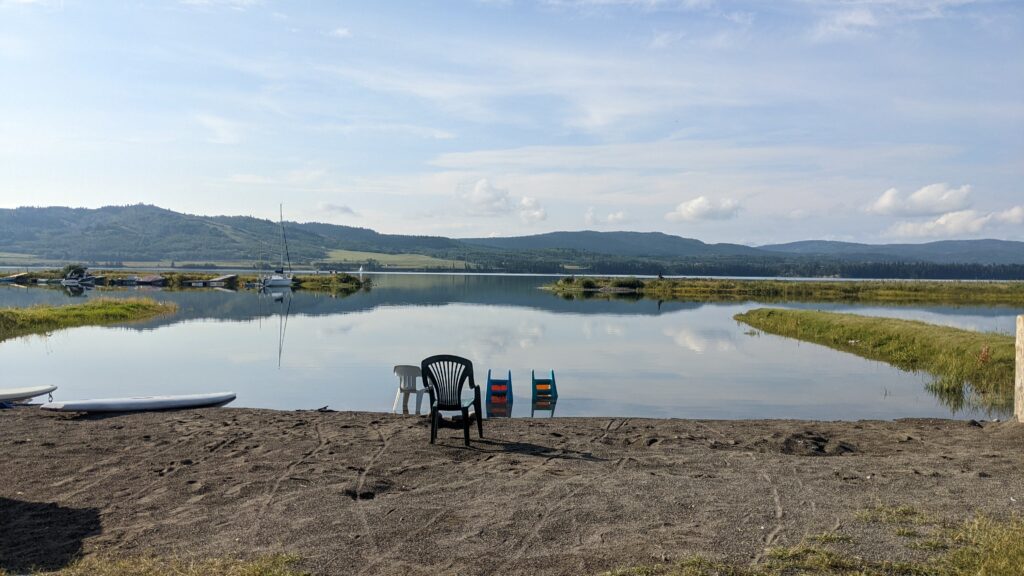

You must be logged in to post a comment.